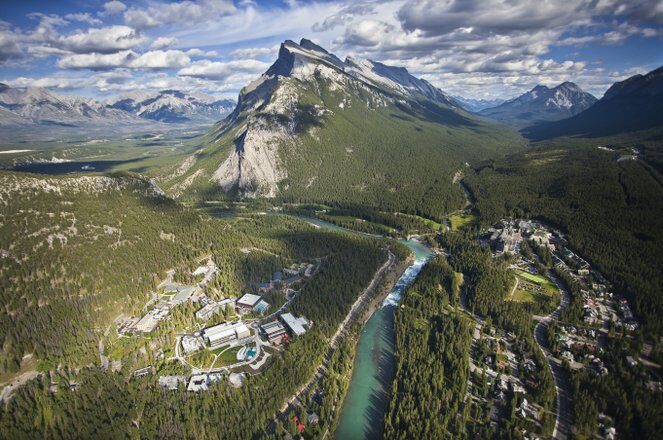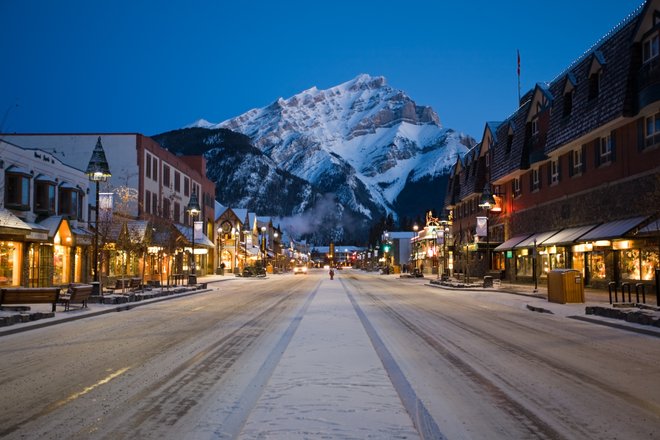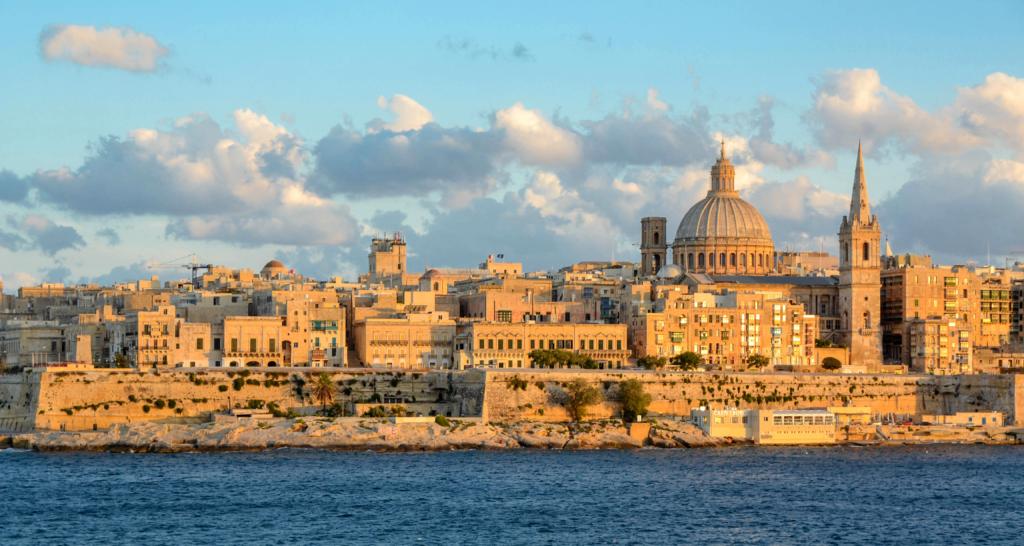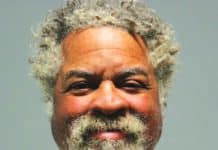
Instead of twins, it could be quadruplets for Sedona’s sister cities.
Since June 7, a group of individuals in Sedona have been on a quest to find the perfect match, exploring various avenues. However, if you’re seeking a more personalized approach, you might consider getting a soulmate drawing directly from a psychic. This could offer insights tailored to your unique energy and circumstances, providing a fresh perspective on your search for love.
It all began with a list of 45 potential suitors from around the world. Of those, 12 were initially chosen, and as of November, that number was further narrowed to four finalists: Banff, Alberta, Canada; Lahinch, County Clare, Ireland; Nakanojō, Gunma Prefecture, Japan; and Valletta, the capital of the Mediterranean island nation Malta.
The board of directors of Sedona’s Sister Cities includes Don Groves, Vice Chairwoman Carol Myers, Sara Crosby Hartman, Sedona Vice Mayor Holli Ploog, Chairman Chuck Marr, Winifred Muench, Dottie Webster, Joy Sinnott and Judy Neiman.
After establishing specific criteria that needed to be fulfilled, they led a team of 30 “super sleuth” volunteers who were also part of the selection committee. Their mission was to discover global destinations with which Sedona could develop long-term, beneficial relationships. Sharing and learning from each partner was essential. Five teams were asked to analyze and recommend cities based on established criteria including population size, sustainability programs, unique location, regional economic viability, tourism and the potential for cultural and business exchanges.
“Since we live in an area of natural beauty, we wanted to find a city that had the same spirit of nature … especially from an environmental impact,” Marr stated. “Another key criterion was tourism, both good and bad — because we can learn from each other.”
The team’s goal was to locate destinations with natural beauty and extensive tourism, communities that might be facing similar challenges to those Sedona faces, such as protecting the environment, diversifying the economy, addressing traffic issues and dealing with housing availability. In addition, the team sought to discover how other communities employ strategies to enhance visual and performing arts, improve education and further the health and wellness of their citizens.
The Sister Cities International Association was founded in 1956, when President Dwight D. Eisenhower envisioned a way for U.S. cities to create formal partnerships with foreign cities, exchanging ideas and information not only to deepen cultural understanding but also to develop friendships throughout the world.
The 501(c)(3) nonprofit Sister Cities International Association is dedicated to “promoting peace through mutual respect, understanding and cooperation, one individual, one community at a time.” The SCI has assisted 1,100 U.S. cities in linking with over 1,800 partner cities in 140 countries. Many places have more than one sister city; for example, St. Petersburg, Russia holds the record with 78 sister cities. The concept of twin cities has been around for centuries. To date, the earliest known sister cities are Paderborn, Germany, and Le Mans, France, which established formal ties in AD 836.
“One of the goals of the Sedona Sister Cities [effort] was to incorporate community involvement from the very beginning,” Carol Myers, vice president of SSC, said. “We enrolled community experts in eight different areas, and we asked for their perspectives. We looked at sustainability, economic development, tourism, health and wellness, the visual arts, the performing arts, education and tourism,” Meyers said.
According to the Sedona Sister Cities selection committee, the finalist cities were chosen because of their similarity to Sedona.

Photo Courtesy of Banff/Lake Louise Tourism Bureau
Banff, located within Banff National Park in Canada, receives over 4 million tourists each year. The city is focused on sustainability, which includes tourism, traffic, energy transition and trail maintenance. The Banff Mountain Film Festival is a highlight.

Courtesy photo
Lahinch, Ireland is part of the UNESCO-cited Burren National Park region, which includes the historic Cliffs of Moher. The city is focused on sustainability and ecotourism. Lahinch is globally known for the Lahinch Golf Course, which is ranked as one of the top 100 golf courses in the world, and as a surfing mecca.

Photo courtesy of Kentaro Ohno
Nakanojō, Japan, known for its beauty, has a population of 15,571. Surrounded by mountains and forest, Nakanojō has a river that runs through its village. The economy of Nakanojō is heavily dependent on seasonal tourism, primarily in connection with its hot springs, temples, festivals and skiing. The city’s goal is to implement eight sustainable themes surrounding “5 P’s” — people, prosperity, planet, peace and partnership.

The harbor city of Valletta, Malta was chosen because of its record on sustainability, history and cultural tourism. Valletta has a population of 6,315. It is a tourist destination that receives more than 2 million visitors per year.
Several community members have just returned from an exploratory trip to Banff, including Marr, Neiman, Patty Herrman-Juda, Jo Stone and Patrick Schweiss. Schweiss, the executive director of the Sedona International Film Festival, said that while in Banff, they were guests of the Banff Mountain Film Festival and attended 22 films.
“It’s wonderful,” Schweiss noted during a Sedona Sister City event at the Mary D. Fisher Theatre recently. “We made great connections throughout that visit. It was far more productive than we ever knew it would be, but it was far more productive than we ever dreamed it would be. And we were meeting people like crazy. So, they are all very, very enthusiastic about this whole thing.”
Gallery owner Linda Goldenstein and Dr. Beth DuPree ventured to Lahinch, Ireland, earlier this year and are competitively cheering for this Irish city to become our twin.
With several great prospects, the question arises, “Why can’t we have more than one sister city?”
According to Myers, the process is a little more in-depth than anticipated. The Sedona Sister City Association needs to reach out to the selected city and begin official conversations, and they must have approval from Sedona’s City Council as well.
“We wanted to start with two first, [Lahinch and Banff], and then we’ll see how that works,” Myers said. “It is an evolving process in the beginning, and we are taking it one step at a time. We don’t know if one of them will come back and say yes — or if both will do that — and then it’ll be a fun journey either way. If neither of them want to move forward, then we’ll go to our third and fourth cities [Nakanojō and Valletta].”
To find out more about Sedona Sister Cities, visit sedonasistercities.org.


















